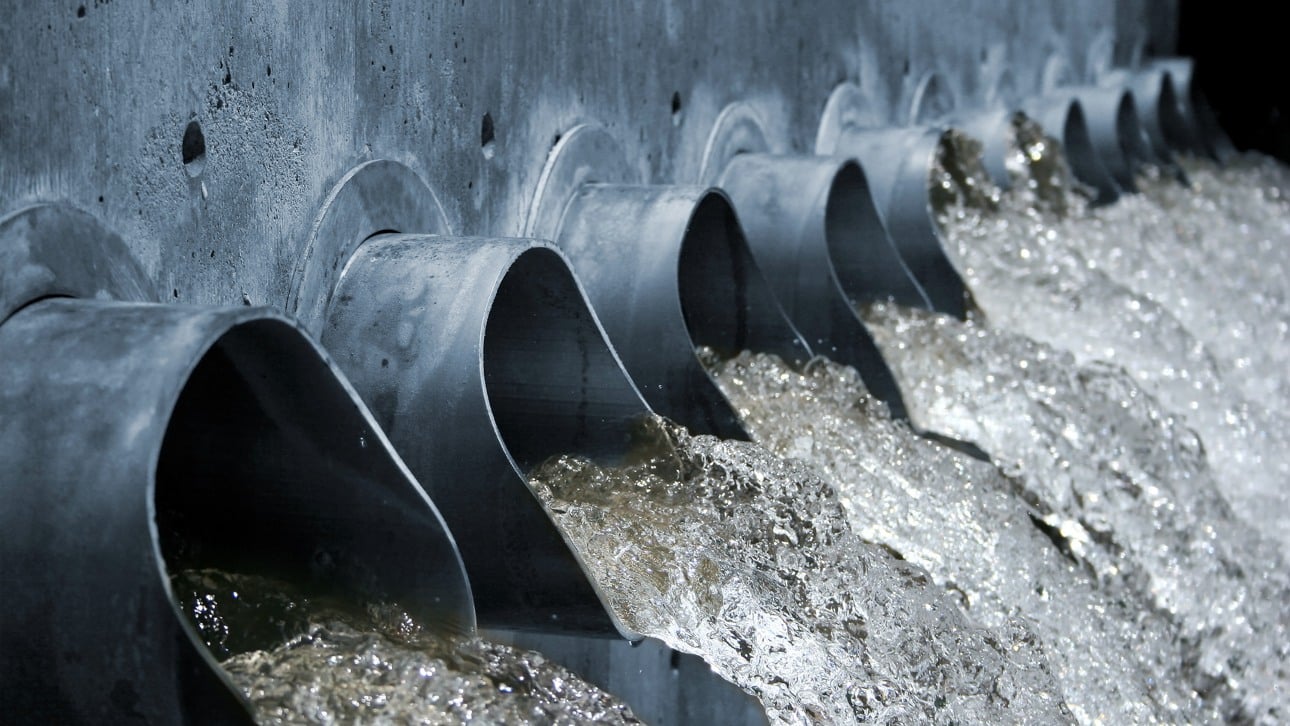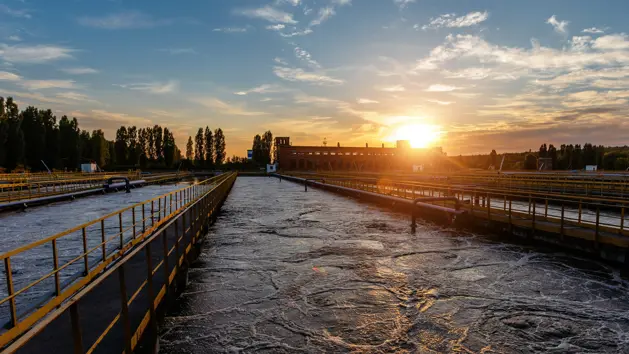
Why we should discuss nitrogen recovery from water bodies
Nitrogen is the overlooked workhorse of modern agriculture, quietly fuelling half the world’s food supply. Yet the industrial production of reactive nitrogen consumes vast amounts of natural gas and energy. At the same time, millions of tonnes of nitrogen leak from farms, factories, and cities into groundwater, rivers and seas.
25 Jun 2025The result is a double-hit: wasted resources upstream and costly pollution downstream. Through techniques like ammonia stripping, ion exchange, and membrane distillation, reactive nitrogen can be captured: Instead of purchasing new mineral fertilizer, farmers can close the loop with domestically recovered nutrients. That saves energy, because every tonne of recovered nitrogen prevents about five tonnes of CO₂-equivalent emissions. Environmental benefits follow suit - less nitrate in drinking water and fewer dead zones in coastal ecosystems.
Policy momentum is building and helping the development, with the EU’s Circular Economy Action Plan pushing for recovery targets.
Today, we are flushing valuable nutrients like phosphorus and nitrogen down the drain, contributing to eutrophication that harms our rivers, lakes, and oceans. Instead, we could recover these nutrients in high quality, prevent environmental damage, become more self-sufficient, and generate new revenue streams - all with a smaller carbon footprint.
The Case for Closing the Nitrogen Loop
Nitrogen removal can be done by biological, chemical, and physical methods, with biological processes being the most used, namely nitrification and denitrification. However, they have certain drawbacks such as a high energy demand and a reduced efficiency in colder temperatures. Furthermore, state of the art nitrogen removal has two major issues: Nitrogen removal is the largest source of greenhouse gas emissions from a wastewater treatment plant, with up to 6% of the total nitrogen released as N2O. Also, in most of the processes, the nitrogen is only removed but not recovered. Since the production of nitrogen-based fertilisers is responsible for about 1% of all human-made carbon dioxide emissions via the Haber-Bosch process, one should start acting more circular by recovering nitrogen, when possible.
New policies demand smarter wastewater solutions
The Urban Wastewater Treatment Directive (UWWTD) introduces new requirements for wastewater treatment plants. Since plants in the EU with a size above 150.000 person equivalents must remove more nitrogen from the wastewater by 2039, as well as become energy neutral, e.g. via increased biogas production leading to a higher nitrogen load, new innovative wastewater treatment solutions are needed.
The actual production of nitrogen based-fertilisers, the loss of nitrogen in wastewater treatment plants and the new regulation is a driving force for the implementation of innovative processes that both remove and recover nitrogen. One example for this can be the Aqua2N process.
Innovative technologies like Aqua2N show the way
Technologies to recover nitrogen loads can be beneficial in both reducing the load of water streams but also help reducing airborne emissions. EasyMining’s Aqua2N acts on liquid waste streams with high concentrations of ammonium nitrogen, such as sludge liquor. Although this comprises only 0.5 - 1.5 % of a wastewater treatment plant’s total liquid flow, it contains 15 - 30 % of the total nitrogen load. The process is purely chemical and runs near ambient conditions, and brings advantages when compared to standardised stripping processes:
- It can work with the inflow pH value of 8, where stripping needs a pH of around 10-12, so you need an additional amount of caustic.
- Aqua2N can operate at room temperature, whereas nitrogen stripping operates at temperatures of 60-70° Celsius.
The resulting ammonium-sulphate is concentrated by evaporation or crystallised, producing a fertiliser ready material, named RevoPure. The RevoPure ammonium sulphate is supplied either as a roughly thirty-eight-per-cent liquid or as crystalline solids with about twenty to twenty-two per cent nitrogen. It meets the compositional requirements of the EU Fertilising Products Regulation, making it suitable for direct farm use or as a feedstock in compound-fertiliser manufacture.
By removing 95 % of the ammonium nitrogen in that stream, Aqua2N reduces both the nitrogen load and the carbon footprint of traditional plants. Furthermore, no nitrous oxide, a greenhouse gas 300fold more harmful than carbon dioxide, is emitted in the process. With the upcoming EU UWWTD the technology can help operators live up to the coming need to reduce emissions and recover the nitrogen.
Overall, the implementation of nitrogen recovery is at its very beginning, and climate change adds new uncertainties. Further reductions in nutrient pollution among others will be crucial. And although the Aqua2N technology can play its part among others in that development, technologies alone will not solve the problem: stakeholder cooperation is essential to tackle cross-border environmental issues effectively. That need to include discussions about clearer goals in implementing recovery technologies as well as the message that recycling and needing less materials is key in becoming a society that not only leaves pieces for the coming generations.

